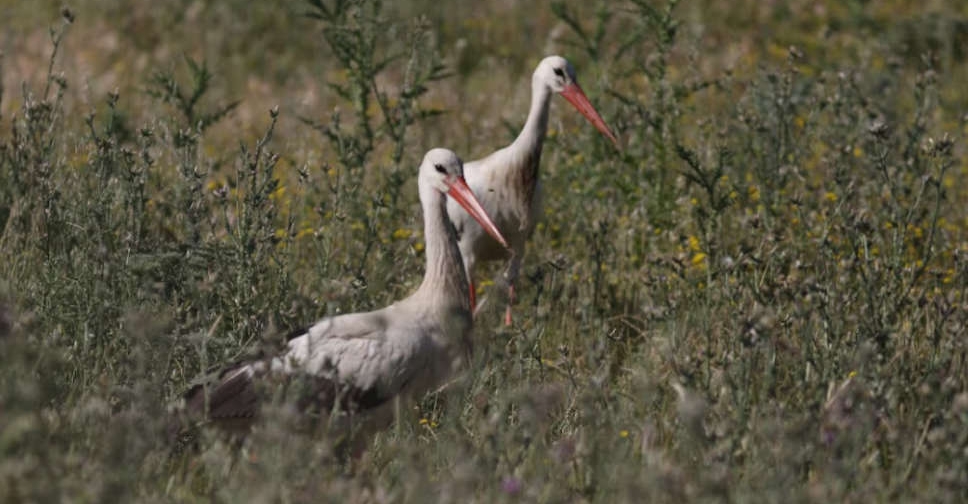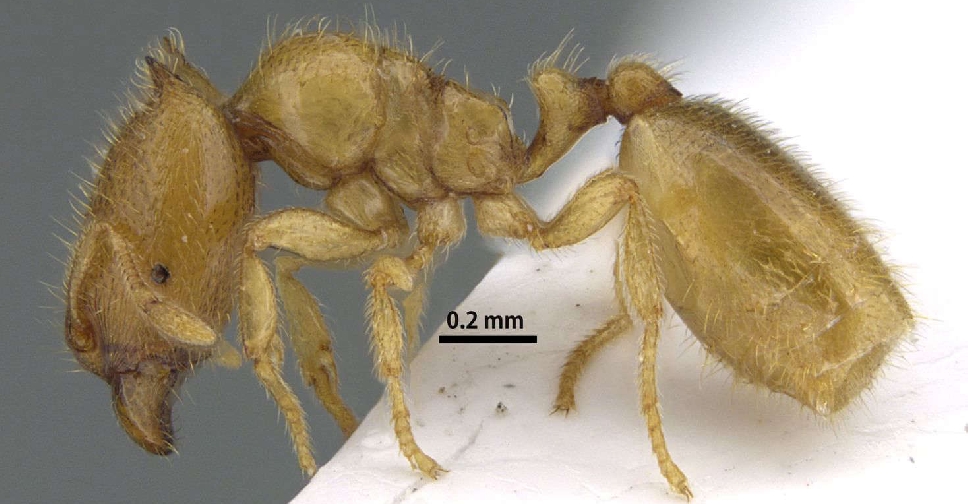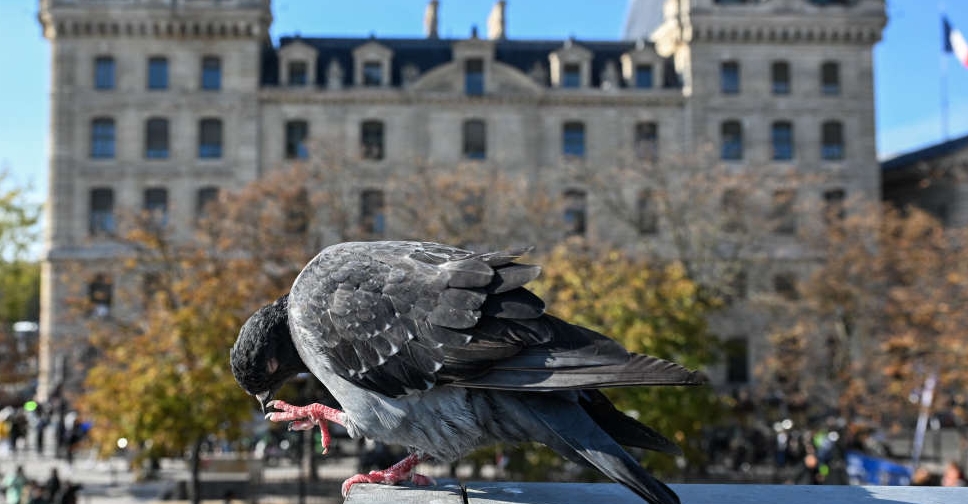
Black-winged white stilts wade through a salt pan, plunging their beaks into the water in search for food at the Kalloni bay on the Greek island of Lesbos, as bird-lovers watch through binoculars from afar.
Stilts are one of more than 330 species found in the wetlands of Kalloni and elsewhere in Lesbos, which have established the island as a European hotspot for birdwatchers from around the world since the 1990s.
"We have some very special birds that are breeders on the island, like the Cinereous Bunting or the Kruper's Nuthatch, the Masked Shrike," local environmental scientist and bird guide Eleni Galinou said.
The island's main attraction are the migratory birds in spring.
Sitting at the crossroads of Africa, Europe and Asia, Lesbos gives birdwatchers the chance to see around 200 European migratory species, from crakes to pelicans, as they pause to rest and feed on their way back from Africa northwards through the eastern Mediterranean Sea.
"Many of us have always wanted to come to Lesbos because it is well-known for its migratory birds," said Ian Wordeyn, 73, one of a group of birdwatchers on the island.
"It's relaxing. When you're looking for birds and you're out in the wildlife, the countryside," said 79-year-old birder Maureen Greer.
But spotting birds involves a great deal of fortune and patience.
"You go there and wildlife is wildlife, it comes and it goes. Sometimes you're lucky, and when you are lucky that's great," Wordeyn said.

 At Britain's first plant-based Michelin-star restaurant, most diners aren't vegan
At Britain's first plant-based Michelin-star restaurant, most diners aren't vegan
 Rare ant species discovered in Sharjah's Wadi Shees
Rare ant species discovered in Sharjah's Wadi Shees
 'No strings attached': Meet Paris' pigeon doctor
'No strings attached': Meet Paris' pigeon doctor
 'Mimmo' the dolphin delights Venice tourists, worries experts
'Mimmo' the dolphin delights Venice tourists, worries experts
 Frenchman finds $800,000 in gold bars and coins in his garden
Frenchman finds $800,000 in gold bars and coins in his garden




